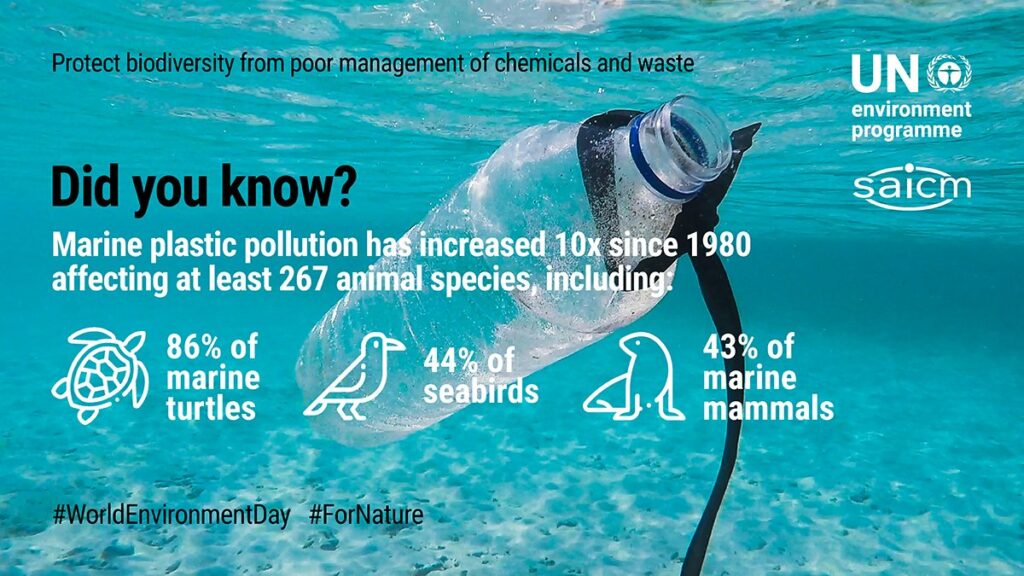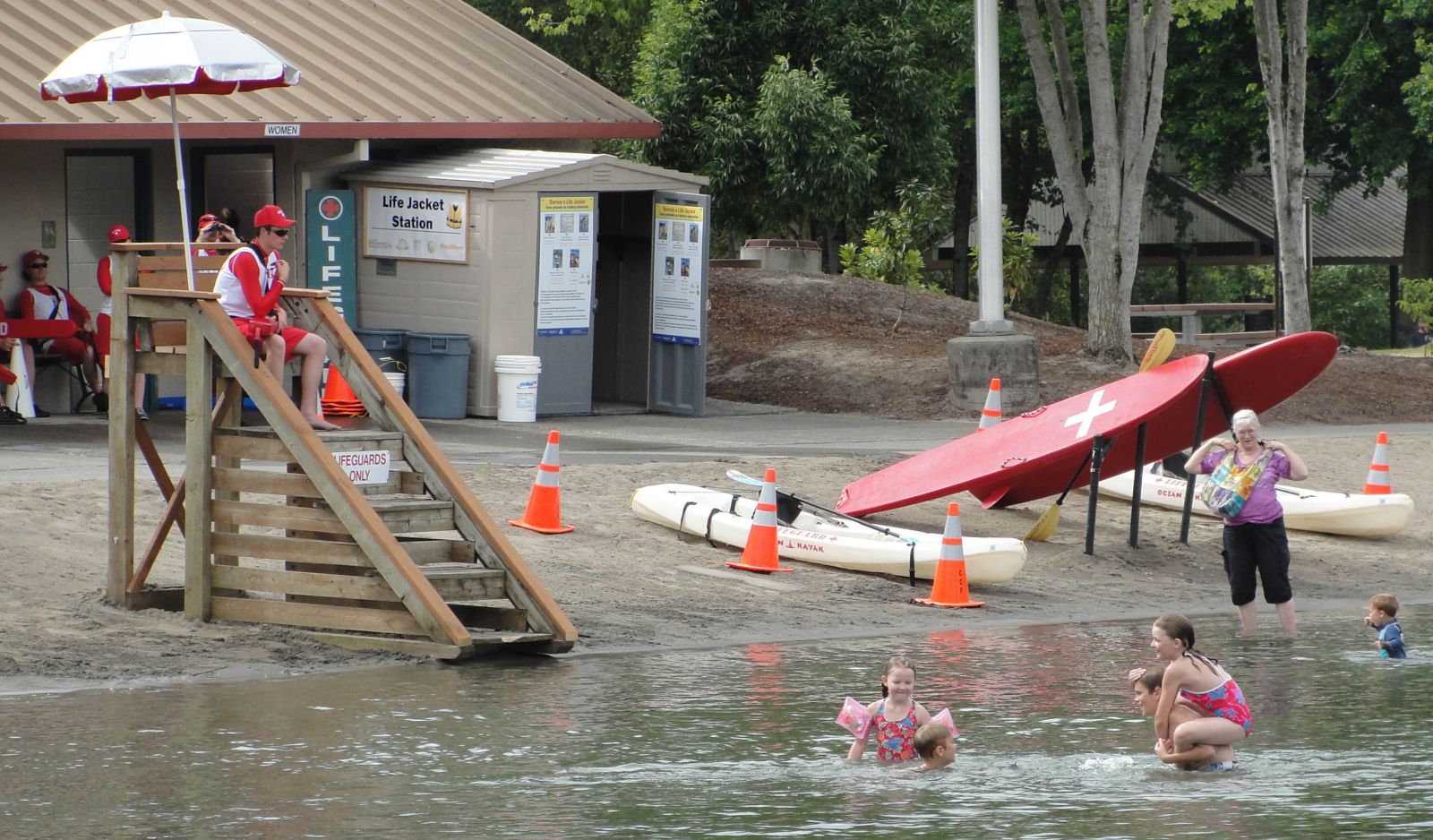Report on Leadership Transition at Onondaga County Water Environment Protection Department
Executive Summary of Personnel Change
A significant leadership change has occurred within Onondaga County’s public administration. The following points summarize the event:
- Shannon Harty, who served as the head of the Onondaga County Water Environment Protection (WEP) Department, is no longer employed by the county.
- Ms. Harty was appointed in 2021 to lead the department, which manages a budget of approximately $100 million dedicated to wastewater management and environmental protection.
- The specific reasons and conditions surrounding her departure have not been officially disclosed.
Analysis of Implications for Sustainable Development Goals (SDGs)
The leadership of the WEP is integral to the region’s progress toward several United Nations Sustainable Development Goals. The recent vacancy presents both challenges and opportunities in advancing this agenda. The primary SDGs impacted by this transition are outlined below.
-
SDG 6: Clean Water and Sanitation
- The core mission of the WEP is to ensure the availability and sustainable management of water and sanitation for all citizens of Onondaga County.
- Leadership stability is critical for the strategic oversight of infrastructure projects and policies aimed at safeguarding public water resources and ensuring effective sanitation services.
-
SDG 11: Sustainable Cities and Communities
- Wastewater management is a foundational component of resilient and sustainable urban infrastructure.
- The department’s functions are essential for minimizing the environmental impact of the community, thereby contributing to the creation of safe and sustainable living environments.
-
SDG 14: Life Below Water
- Proper treatment of municipal and industrial wastewater is paramount to preventing pollution of local water bodies, including rivers and lakes.
- Effective leadership ensures compliance with environmental regulations and promotes initiatives to protect and restore aquatic ecosystems from land-based pollution sources.
-
SDG 3: Good Health and Well-being
- By managing sanitation systems and ensuring water quality, the WEP plays a direct role in protecting public health.
- The prevention of waterborne diseases and the maintenance of a healthy environment are direct outcomes of the department’s operational success, which relies on consistent governance.
Analysis of Sustainable Development Goals in the Article
-
Which SDGs are addressed or connected to the issues highlighted in the article?
Based on the article’s content, the primary Sustainable Development Goal (SDG) that is relevant is:
- SDG 6: Clean Water and Sanitation
- Explanation: The article discusses the head of Onondaga County’s “wastewater system” and the “Water Environment Protection Department.” The management of wastewater and the protection of water environments are central components of SDG 6, which aims to ensure the availability and sustainable management of water and sanitation for all.
- SDG 6: Clean Water and Sanitation
-
What specific targets under those SDGs can be identified based on the article’s content?
The following specific target under SDG 6 can be identified:
- Target 6.3: Improve water quality by reducing pollution, eliminating dumping and minimizing release of hazardous chemicals and materials, halving the proportion of untreated wastewater and substantially increasing recycling and safe reuse globally.
- Explanation: The article explicitly mentions a “wastewater system” and a “Water Environment Protection Department.” The core function of such a department is to manage wastewater to prevent pollution and protect water quality, which directly aligns with the objectives of Target 6.3.
- Target 6.3: Improve water quality by reducing pollution, eliminating dumping and minimizing release of hazardous chemicals and materials, halving the proportion of untreated wastewater and substantially increasing recycling and safe reuse globally.
-
Are there any indicators mentioned or implied in the article that can be used to measure progress towards the identified targets?
The article does not explicitly mention any official SDG indicators or provide data to measure progress. However, it contains information that relates to the subjects of potential indicators:
- No specific indicators are mentioned.
- Explanation: The article does not provide any quantitative data or metrics, such as the proportion of wastewater treated or measurements of water quality, which are used as official indicators (e.g., Indicator 6.3.1: Proportion of wastewater safely treated). The article’s focus is on a personnel change, not on the operational performance of the wastewater system. The mention of a “$100 million Water Environment Protection Department” refers to a budget, which can be seen as a financial input, but it is not presented as an indicator of progress or performance.
- No specific indicators are mentioned.
-
SDGs, Targets, and Indicators Summary
SDGs Targets Indicators SDG 6: Clean Water and Sanitation Target 6.3: By 2030, improve water quality by reducing pollution… and halving the proportion of untreated wastewater… None explicitly mentioned. The article refers to the existence of a “wastewater system” and its “$100 million” budget, which are subjects of SDG indicators, but provides no data or metrics to measure progress.
Source: syracuse.com







